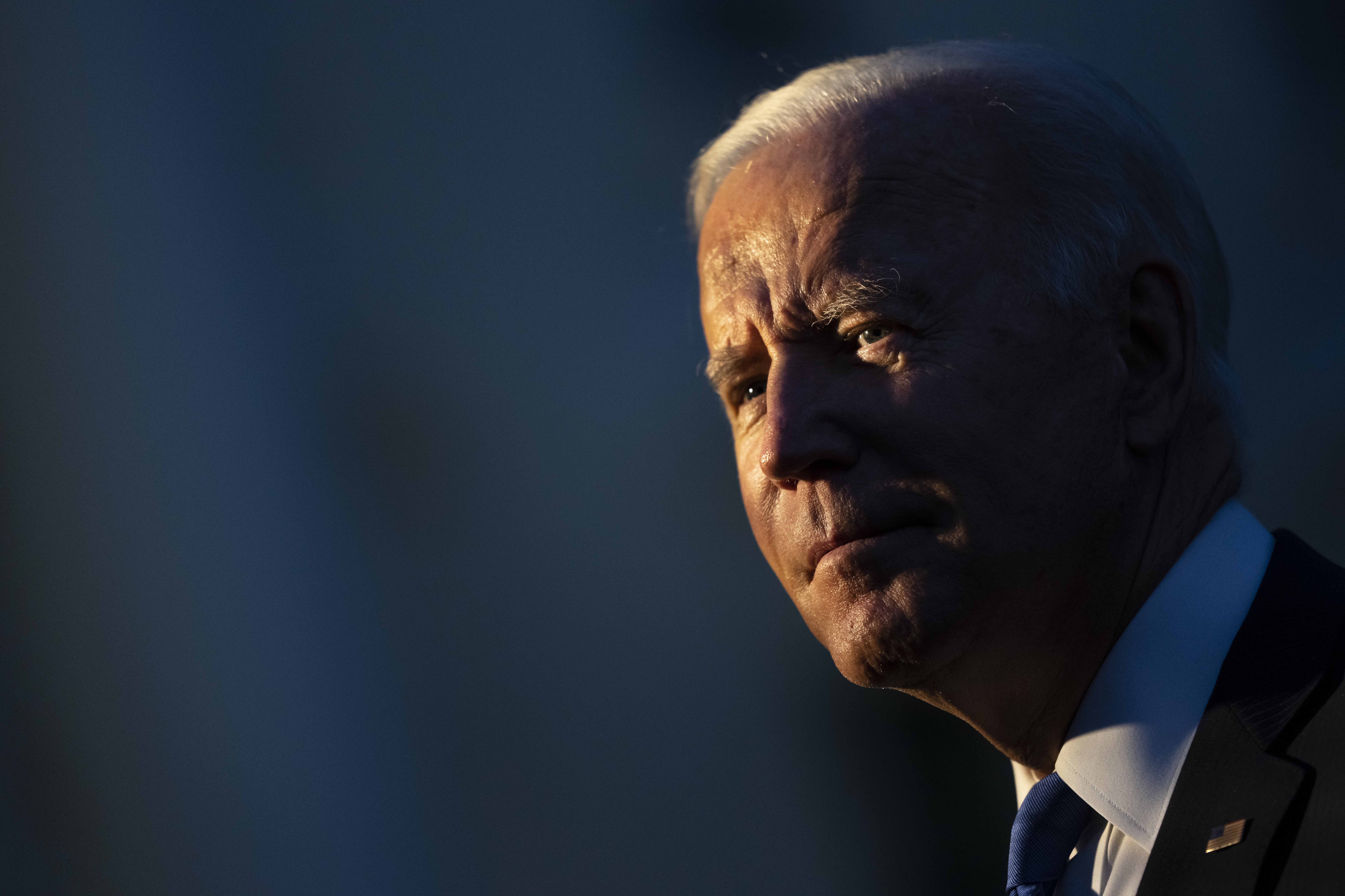Biden quietly deciding how to restart student loan payments

The Biden administration is developing plans for how it will restart federal student loan payments early next year when the pandemic pause on monthly payments for tens of millions of Americans ends, according to documents obtained by POLITICO and two sources familiar with the plans.
The Education Department is eyeing proposals that would give borrowers new flexibility as they face student loan bills for the first time in nearly two years, such as an initial grace period for missed payments, the documents and sources show.
Officials are also looking at policies to make it easier for millions of borrowers to remain enrolled in income-based repayment programs to avoid a sudden increase in their monthly payment amount. And the administration is actively considering a sweeping plan to expunge the defaults of borrowers who were struggling even before the pandemic.
The plans, some of which are still in progress and not finalized, are aimed at averting a potential surge in delinquencies when payments resume in February, which the Biden administration announced in August.
Turning back on the federal government’s massive, $1.6 trillion student lending apparatus that’s largely been frozen for nearly two years is an unprecedented logistical challenge for the Education Department. It’s also full of political pitfalls as progressives urge the administration to focus on widespread debt forgiveness rather than resuming payments.
More than 40 million federal student loan borrowers have benefited from the Education Department’s pause on interest and monthly payments that began in March 2020. The Biden administration most recently extended the relief through the end of January, which officials have insisted was the last reprieve.
Education Secretary Miguel Cardona has previously said he wants to create a smooth “ramp up” for borrowers to restart payments. Rich Cordray, the department’s student aid chief, has talked about his plans for a major public outreach campaign, including paid advertisements, to let borrowers know about their options.
Several internal documents obtained by POLITICO under a Freedom of Information Act request outline more specifics of the department’s “return to repayment” strategy — which it has internally dubbed “R2R.”
“In recognition of the historic impact of a nearly two-year pause in student loan payments, borrowers will be allowed additional flexibility in the early stages of the return to repayment,” the department wrote in one of the documents.
The Education Department declined to comment directly on its plans to restart federal student loan payments.
“A smooth transition back into repayment is a high priority for the Administration,” an administration official said in a statement in response to POLITICO’s request for comment. “In the coming months, we will release more details about our plans and will engage directly with federal student loan borrowers to ensure they have the resources they need.”
Department officials have instructed their loan servicers to create a “safety net” for borrowers in the first three months after their first payment is due next year, according to internal documents. Borrowers who miss a payment during that initial 90-day grace period would not be penalized or dinged on their credit reports, according to the plan. Those borrowers would instead be automatically placed in a forbearance status and be considered current on their loans.
The Education Department is planning direct outreach to certain “at-risk” groups of borrowers, such as those who were delinquent before the pandemic, never graduated from college or only recently began repaying their loans. And the agency has increased the call center hours of its loan servicers, anticipating a deluge of borrower requests in the coming months.
Officials are also discussing proposals that would make it significantly easier for borrowers to enroll in income-based repayment programs, which typically require borrowers to submit proof of their income and family size each year.
That requirement was suspended during the pandemic. But now that payments are restarting, some 9 million borrowers who participate in the income-based repayment program will have to recertify their income or else face a potentially steep increase in their monthly payment amount.
To account for that potential deluge of millions of requests, the Education Department is considering allowing borrowers, for a limited time, to quickly self-certify their income and family size over the phone with their loan servicer, according to two people familiar with the plan.
In addition, the Education Department is weighing a plan to automatically pull more than 7 million borrowers out of default on their federal student loans. The effort to help those borrowers, which has not been finalized, is being internally referred to as “Operation Fresh Start,” according to the sources familiar with the plan.
A group of Senate Democrats, led by Sens. Elizabeth Warren of Massachusetts and Raphael Warnock of Georgia, earlier this year called on the Biden administration to remove defaults from all federally held student loans.
They argue that the Education Department has the power to do so because the CARES Act allowed defaulted borrowers to count the pandemic-suspended payments toward the nine months of payments that are typically required for a borrower to bring their loans out of default through a process known as “rehabilitation.” Borrowers usually must fill out paperwork with a debt collection firm to start that process, but Democrats are pushing the administration to nix that requirement.
Some Democrats are also continuing to press the Biden administration to use executive authority to cancel up to $50,000 of outstanding federal student loan debt per borrower. Biden has said he’s more comfortable with a figure closer to $10,000, and the White House has said it’s still deciding whether it has the power to cancel large amounts of debt using executive action.
Go To Source
Author: POLITICO

